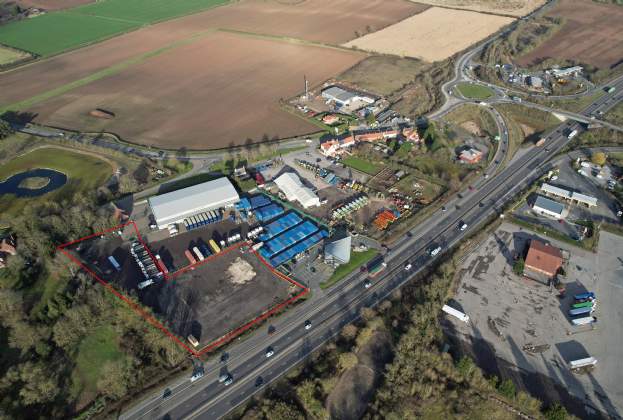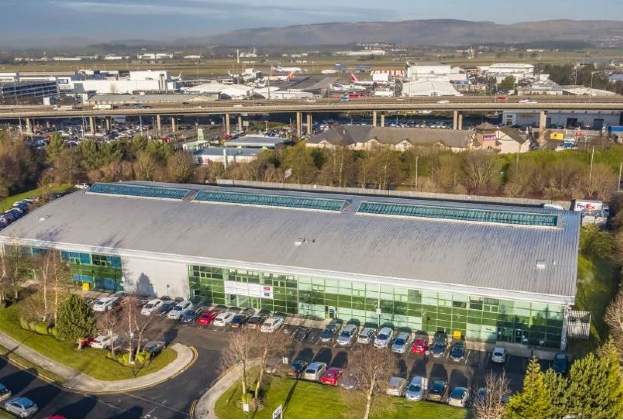In spite of the economic upheaval caused by Covid-19, the North West industrial market experienced its second best six months of take-up ever in the first half of this year, with take-up for units of 100,000 sq ft + reaching 2.64 million sq ft, 56 per cent above the long-term first half average. What’s more, the deals we saw came from a diverse mix of occupiers, ranging from multiple short-term leases of less than a year to significant expansions from high profile tenants such as Kelloggs, DSG and Hermes.
These strong take-up figures are evidence of the resilience of the logistics market in the North West, which responded well to the changing nature of requirements brought about by the pandemic. Furthermore, as we track deals into the second half of 2020, there are notable transactions yet to complete which will push the annual take-up figure well past last year’s final total. Not bad for a year that has seen the most unprecedented personal and professional disruption of a generation.
However, while these figures certainly look good on paper, what the headlines do not provide is the backdrop to some of the requirements that have been satisfied and those that haven’t. The supply of warehouse space in the North West has decreased dramatically in the last 12 months and vacancy rates have hit a record low of just 5.48 per cent, with there now being just 1.07 years of supply left in the region.
This race for space has meant that many of the spec built units in the region have seen increasing levels of competing interest from a number of parties, many of whom accelerated their interest once the effects of Covid-19 became apparent. We have seen occupiers re-submit offers to secure sites, in the knowledge that there is little pipeline to replace the current stock. Additionally, the call-in of major development sites along the M6 will continue to reduce the options available in the region, limiting supply further and pushing rents upwards.
The North West benefits from being home to some of the most high profile occupiers in the country, particularly within the retail sector, with brands such as AO.com, The Hut Group and B&M all occupying significant volumes of space in the region. However, with supply down 42 per cent year on year and just four big box units (over 100,000 sq ft) in the development pipeline across the entire region, a question mark is forming over the opportunities for expansion for growing ecommerce operators, particularly when taking into consideration the effect of Covid-19 on the growth of online shopping.
It is vital that the North West doesn’t lose the opportunity to secure the next logistics hub for major tenants and the jobs that come with them. Developers need to be able to provide credible solutions to allow for the expansion of these indigenous occupiers, otherwise the Northern Powerhouse will barely get out of second gear.
(2).jpg)


.jpg)
.jpg)

.jpg)

.jpg)

.jpg)